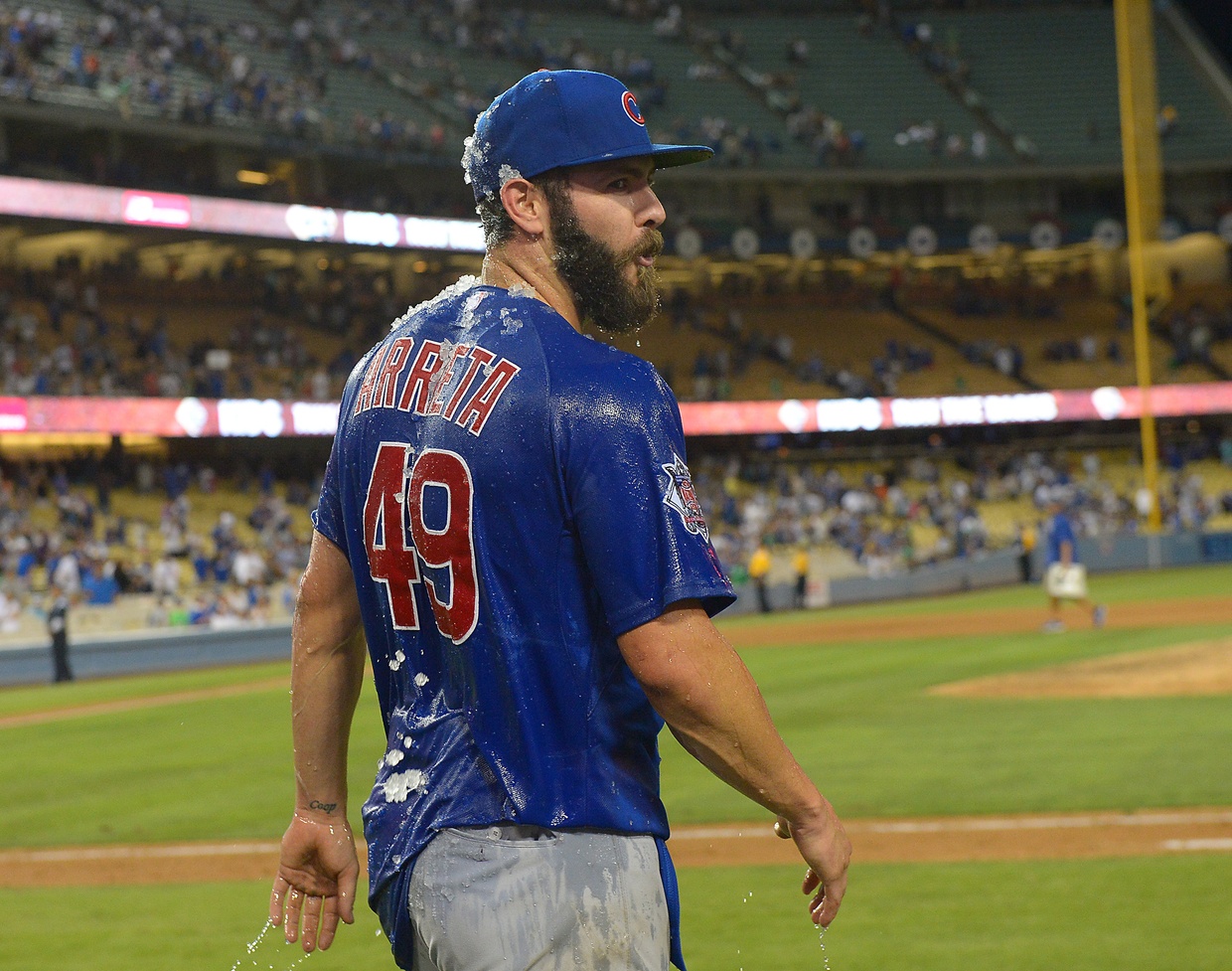

He has thrown it with the second most frequency of any pitch this season (24 percent), and he has yet to surrender a hit. For the second time in four 2016 starts, he threw zero four-seam fastballs, after doing it just three times in all of 2015. Of the 28 second pitches, seven were sliders, and all came after his sinker. Arrieta’s second inning strikeout of Devin Mesoraco came on a curve in the dirt after two sinkers and a slider up in the zone:Īrrieta did not have his sharpest slider in this game, but he mixed it in well. Since that represents more than half of the curves he throw on the night, it’s clear Arrieta and Ross were using it to complement the fastball. Of his 31 two-strike pitches, eight were curves, the second most of any pitch after his sinker. You get the idea.Īrrieta did pick up two strikeouts with the curve, which he had working in harmony with his sinker. In short, he continued to favor his sinker. Of the nine three-ball counts, he went to the sinker in six of them, after having done so just five times in his first three starts. His 79 sinkers throw was the highest single game total of his career. Arrieta went to the sinker on 85 percent of first pitches and 51 percent of two-strike counts, more than 13 percent above his season average. Scroll a few inches lower to learn how it all went down.Īs we discussed in the introduction, Arrieta was sinker-happy on Thursday night. Nevertheless, Arrieta made history on the banks of the Ohio River. Arrieta was still outstanding, obviously, but the ball was staying up on him more than we’re accustomed to seeing. His 59 percent strike rate was his worst mark since August 4 at Pittsburgh. The four walks were his highest single game total since last June 16 at the Cleveland Indians.

In fact, the broadcast team made repeated mention of Arrieta missing spots. His historic performance came on a night in which he was not his sharpest, command-wise. In fact, the true irony of the night is that they were able to draw four walks, as they entered the night ranked second-to-last in the NL in walk rate. And, if we’re picking the tiniest of nits, it would be concerning Arrieta’s control. Of course, the early returns on the 2016 Cincinnati Reds are they are a decidedly mediocre offense. The Reds rank in the middle-of-the-pack in nearly every offensive category, including runs scored, slugging percentage, home runs, doubles, ISO, and home run to fly ball ratio. After throwing 49 pitches in the first three innings, Arrieta grew more efficient as the game progressed, needing just 18 pitches combined to get through the seventh and eighth innings, and 34 over the final three frames. As you will see in the Pitch Breakdown section, Arrieta mixed his slider and curve, but they were clearly secondary pitches. Of the 29 first pitches, 20 were strikes. Arrieta went to the sinker-his go-to pitch (see below)-25 of 29 first pitches, with 17 going for strikes (seven whiffs). He made it clear from the outset that he was not messing around against the Reds. On Thursday against the Cincinnati Reds, Arrieta continued as dominant a stretch as we’ve ever witnessed.

However, that doesn’t mean we still can’t sell out the Palace Hotel Ballroom, or in this case, keep you entertained and informed over the next 1,700 words. If anything, I probably fall closer to whatever Blues Brother Jim Belushi or John Goodman portrayed. And while it did not take divine intervention, it required a feat of historic proportions: Jake Arrieta becoming the 30th picture in major league history to pitch two caeer no-hitters. The Ballad is back, even if just for one night.


 0 kommentar(er)
0 kommentar(er)
